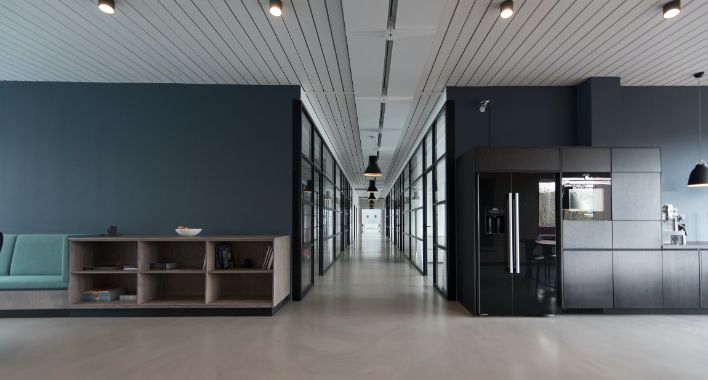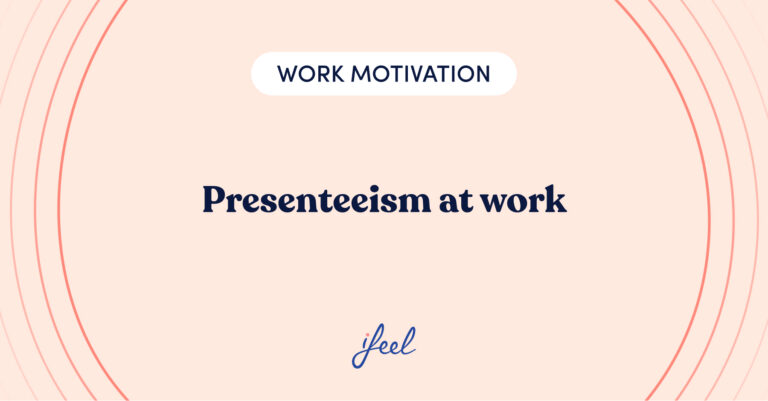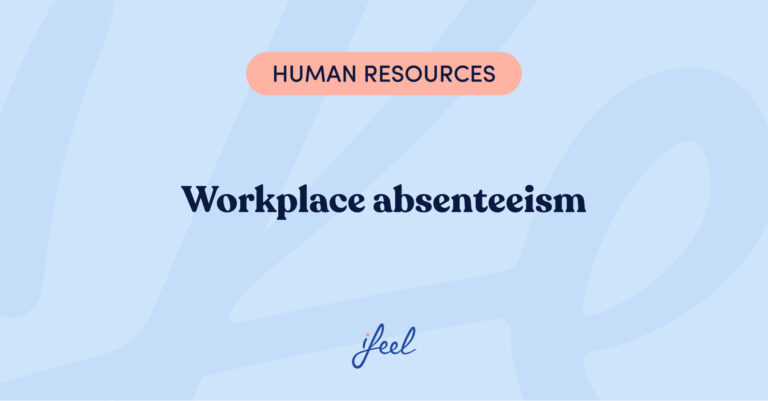If you haven’t heard of sensehacking, you will probably hear about it soon. Clearly, everything in life is related to our five senses, so there is no such thing as a non-stimulating office through the senses. The question is how these workplace features can be manipulated to provide employees with sensehacking that influences their experience within the company for the better.
Sensehacking in offices
This is nothing new: colors, decoration, temperature, furniture, textures, noises, smells… It is clear that the physical characteristics of offices are fundamental when it comes to producing and having a certain psychological experience.
Working in a very warm office is not the same as working in a well-ventilated office. Working in an office decorated in dark tones is not the same as working in an office decorated in light and bright colors. A certain quality of chairs and tables, floors and walls, or the level of light…

Turning offices into stimulating places
Of course, when we say stimulating, we are referring to achieving sensory stimulation in the office in the good sense of the word. It is important that employees perceive that the company is a properly prepared place to work, that it has the basic materials and equipment to produce what needs to be produced, but also that it goes beyond these minimums.
This means that the company is not satisfied with correct but basic ergonomics but wants to influence the sensory experience of employees to foster a good working environment and a good disposition for work that will ultimately have an impact on results.
Treat senses with kindness
Many organizations are already considering how important it can be for employee experience and work environment to turn the company’s “headquarters” into a space that provides peace, tranquility, and friendliness in physical terms as well.
As in the case of streets, homes, or means of transportation, these spaces and offices can become quite hostile physically and psychologically if certain details, sometimes simple and not necessarily costly in economic terms, are not taken into account.
Hasn’t it ever happened to you that you feel unnecessarily hot or cold, the furniture is too hot or cold, the meeting rooms do not shut properly and do not offer privacy, or the color of the walls overwhelms you?
All these issues, which probably ring a bell because of their relationship with the world of ergonomics, social psychology, or, why not, interior design, have to do with what we are calling sensehacking: those offices that are able to provide a sensory stimulation at work that is beneficial to employees.

Human contact is key in sensehacking
Of course, and as already mentioned in this article, sensehacking is not only about the type of materials used to build and decorate workplaces. Beyond that, they greatly influence the relationships and internal communication within the company.
Hearing oneself through a screen, seeing oneself through a screen, and perceiving positive or negative affection from the team through a screen (sometimes not even with faces but with written messages) is not the same as receiving those stimuli live.
Contact, attachment, and the type of communication between colleagues are closely related to the power of words and gestures expressed and heard live, without technological intermediaries (screens, microphones, headphones, recordings). This does not mean that remote work is bad for relationships or that it is anti-stimulating for employees. It means that it influences the type of stimuli we receive from places and exchange between people.
We hope you found this post about sensehacking interesting. If you would like more information about ifeel’s emotional well-being service for companies, simply request it, and we will contact your team as soon as possible.










